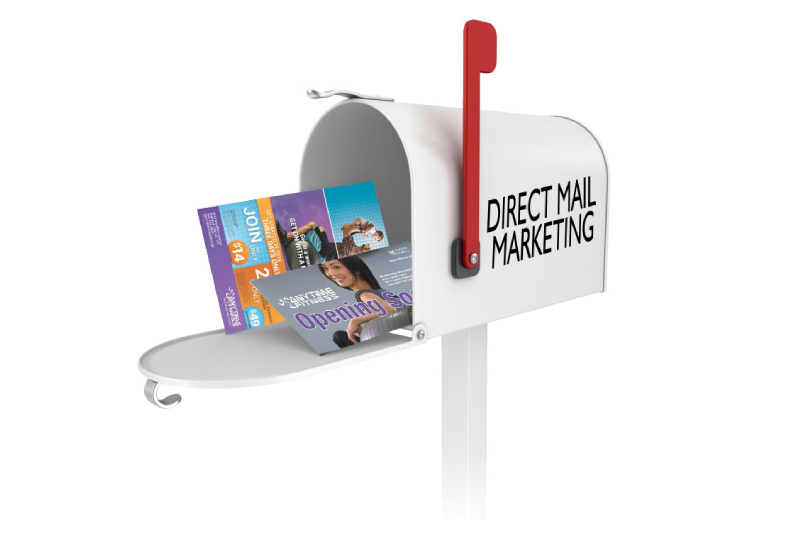As technology continues to inch its way into everyday life, many assume that print is dead, buried and already decomposing in the ground. Wrong. The evolution and emersion of new technology has only solidified the strength of the direct mail marketing industry.
Direct mail continues to be used heavily, with a 43 percent share of total local retail advertising. According to a 2012 Pitney Bowes survey, 76 percent of small businesses have stated that their ideal marketing strategy encompasses a combination of both print and digital communication.
Why are so many businesses sticking to the dinosaur of print marketing materials? It’s not just because the marketing collateral is simply familiar to old coots. Multiple studies have shown that direct mail marketing materials receive a positive response – even from those pesky Millennials.
Research from the US Postal Service has found that those who receive direct mail advertisements pay attention to the materials. Marketing Profs reported that about 1 in 10 pieces of direct mail receive some sort of response from household recipients. International Communications Research stated that 73 percent of consumers surveyed actually prefer mail over other advertising methods. Continuing this numbers game – research by Mail Print found that 85 percent of consumers sort and read their snail mail on a daily basis and 40 percent will try a new business after receiving direct mail. Can an email advertisement or banner ad top that? We didn’t think so.
According to a Target Marketing Survey, direct mail (34 percent) beat out email (25 percent), SEM (10 percent) and affiliated marketing (8 percent) tactics. Respondents to the survey also reported that direct mail delivered the best return on investment.
So what direct mail marketing trends should someone interested in the industry be aware of?
Blending of Direct Mail Marketing and Digital Strategies
Now, just because direct mail marketing continues to represent a strong advertising opportunity and business model, that doesn’t mean that it can shut out the digital world. The blending of digital and traditional marketing strategies offers companies, especially local businesses, the greatest opportunity for increased profits.
Over half of Nielson survey respondents said that they used a social media advertising campaign in conjunction with print media. It has become apparent that print and digital are not competitors, but in fact complementary vehicles for reaching customers. Shared mails is a strong client acquisition strategy and acts as the strong introductory handshake, while digital is more strategically used for those customers who already know what they are looking for and know the brand.
Skipping Personalization and Investing in Personal Messages
Do you know the difference between personalization and personal? Personalization is simply placing a new name in the section dubbed “put recipient’s name here” on print collateral. In contrast, creating a personal message involves researching target demographics and altering messages to resonate stronger with the intended audience.
The direct mail marketing industry is here to stay because consumers firmly support receiving pointed, succinct collateral in a physical format. As the digital world continues to seep into other areas of the average person’s life, direct mail marketing promotions will resonate with consumers in a positive way.




